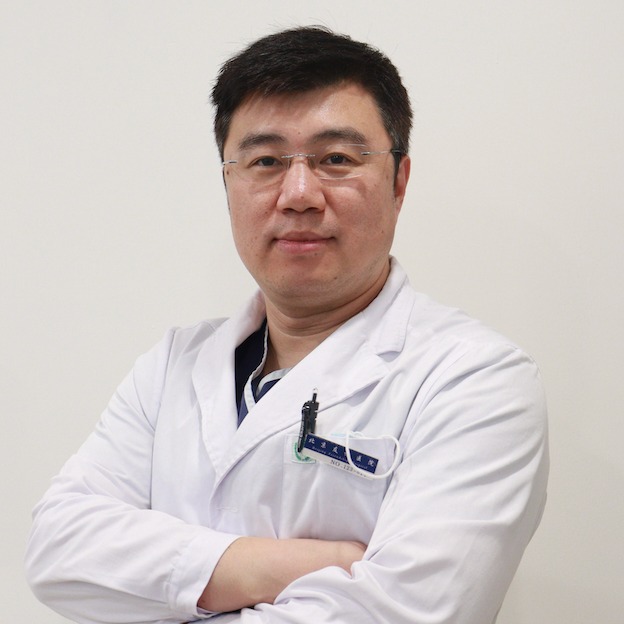How much does a dental X-ray cost?
In general, dental imaging can be divided into four types, with corresponding reference prices as follows: periapical radiograph, 20–50 yuan per session; panoramic radiograph, 80–150 yuan per session; cone beam CT (CBCT), 300–1000 yuan per session; and dental CT, 200–1000 yuan per session. Factors influencing the cost of dental imaging include hospital equipment, imaging techniques and complexity, patient needs and conditions, and regional differences.
Types of dental imaging and their reference prices:
Item Name |
Periapical Radiograph |
Panoramic Radiograph |
Cone Beam CT |
Dental CT |
Reference Price |
20–50 yuan/session |
80–150 yuan/session |
300–1000 yuan/session |
200–1000 yuan/session |
Principle |
X-ray penetration imaging to observe periapical lesions |
Narrow-slit and arc-track rotation for full-mouth imaging in a single scan |
Cone-beam projection with 3D scanning to reconstruct oral images |
X-ray tomography to obtain 3D images of teeth and surrounding tissues |
Suitable Candidates |
Patients requiring evaluation of lesions around the apex of individual teeth |
Patients requiring assessment of all teeth and surrounding tissues |
Used for complex oral issues such as abnormal tooth development, jaw fractures, or dental implant planning |
Patients needing detailed evaluation of dental and peridental lesions, including 3D structure and spatial relationships |
Recovery Period |
Non-invasive examination, no recovery period |
Non-invasive examination, no recovery period |
Non-invasive examination, no recovery period |
Non-invasive examination, no recovery period |
Duration |
Single-session examination |
Single-session examination |
Single-session examination |
Single-session examination |
Advantages |
1. Simple operation |
1. Wide coverage |
1. High precision |
1. High accuracy |
Potential Risks |
1. Risk of missed or incorrect diagnosis |
1. Radiation exposure risk |
1. Radiation exposure risk |
1. Radiation exposure risk |
Factors affecting pricing:
1. Hospital Equipment
Advanced medical equipment increases operational costs, which may lead to higher examination fees.
2. Imaging Technique and Complexity
Imaging specific tooth locations or complex oral structures may require special angles or broader coverage to achieve clearer images, potentially increasing the price. The technical complexity of the imaging procedure also affects cost.
3. Patient Needs and Condition
Based on individual patient needs and oral health status, dentists may recommend different imaging modalities. More complex oral conditions may require detailed imaging studies, thereby increasing overall costs.
4. Regional Differences
Economic development levels and local price indices vary across regions, leading to differences in dental imaging costs. Generally, medical expenses are higher in economically developed areas, resulting in higher imaging fees, while costs tend to be lower in less-developed regions.
It is recommended to consult local dental hospitals or clinics and choose the appropriate imaging type and plan based on individual circumstances.








